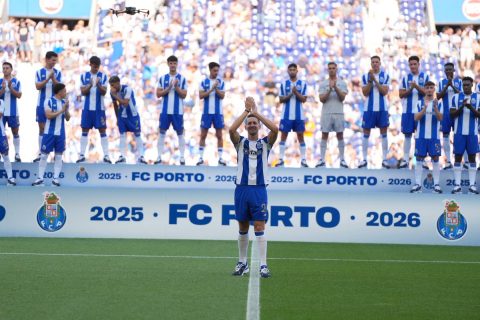McLaren’s decision to adapt to the Las Vegas Grand Prix without its ingenious ‘mini-DRS’ rear wing design showcased their tactical acumen in the ever-evolving Formula 1 battlefield. Following regulatory discussions, McLaren made necessary modifications to its rear wing, which greatly impacted its performance strategy.
The Loss of the ‘Mini-DRS’
McLaren’s innovative ‘mini-DRS’ was a game-changer after the summer break, cleverly designed to open the slot gap under load to reduce drag legally. This ingenious move paid dividends, seeing Oscar Piastri clinch victory at the Azerbaijan Grand Prix. However, rival teams raised concerns leading to a deeper investigation by FIA, and McLaren opted to modify the design post-discussion to align with regulatory standards.
Las Vegas Strategy
In Las Vegas, where long straights favour reduced drag, McLaren had to choose a different path. Without the ‘mini-DRS,’ the team opted for their lowest downforce solution, a strategy that had already seen action during the Italian Grand Prix’s initial practice session.
The revised rear wing was designed with minimal space usage within the allowed dimensions. The primary plane was almost flat, a departure from the usual spoon-shaped wings, and necessitated a unique swan-neck style pillar for support. The upper edge also featured a triangular cut rather than the conventional squared-off edges, further tweaking the aerodynamic profile.
Front Wing Adjustments
McLaren also brought a modified front wing to Vegas that featured crescent-shaped cutouts in the trailing edge of the upper flap. Originally trialled in Italy, these cutouts aimed to balance the car’s aerodynamic load from front to rear, matching the rear wing’s adjustments.
In response to the Las Vegas circuit’s unique demands, McLaren increased the size of these cutouts. Additionally, they altered the outer portion of the upper flap’s size and removed the metal support bracket, which influenced airflow and pressure systems.
Impact and Future Implications
While McLaren’s aerodynamic revisions were necessary, it highlights the constant push-and-pull between innovation and regulation in F1. The race in Las Vegas was a testament to McLaren’s flexibility and willingness to adapt quickly to the evolving rule book while striving to maintain competitiveness.
As the season progresses, it is intriguing to see how McLaren and other teams innovate within the confines of regulations, aiming for that competitive edge that can often be the difference between podium contention and midfield battles.









